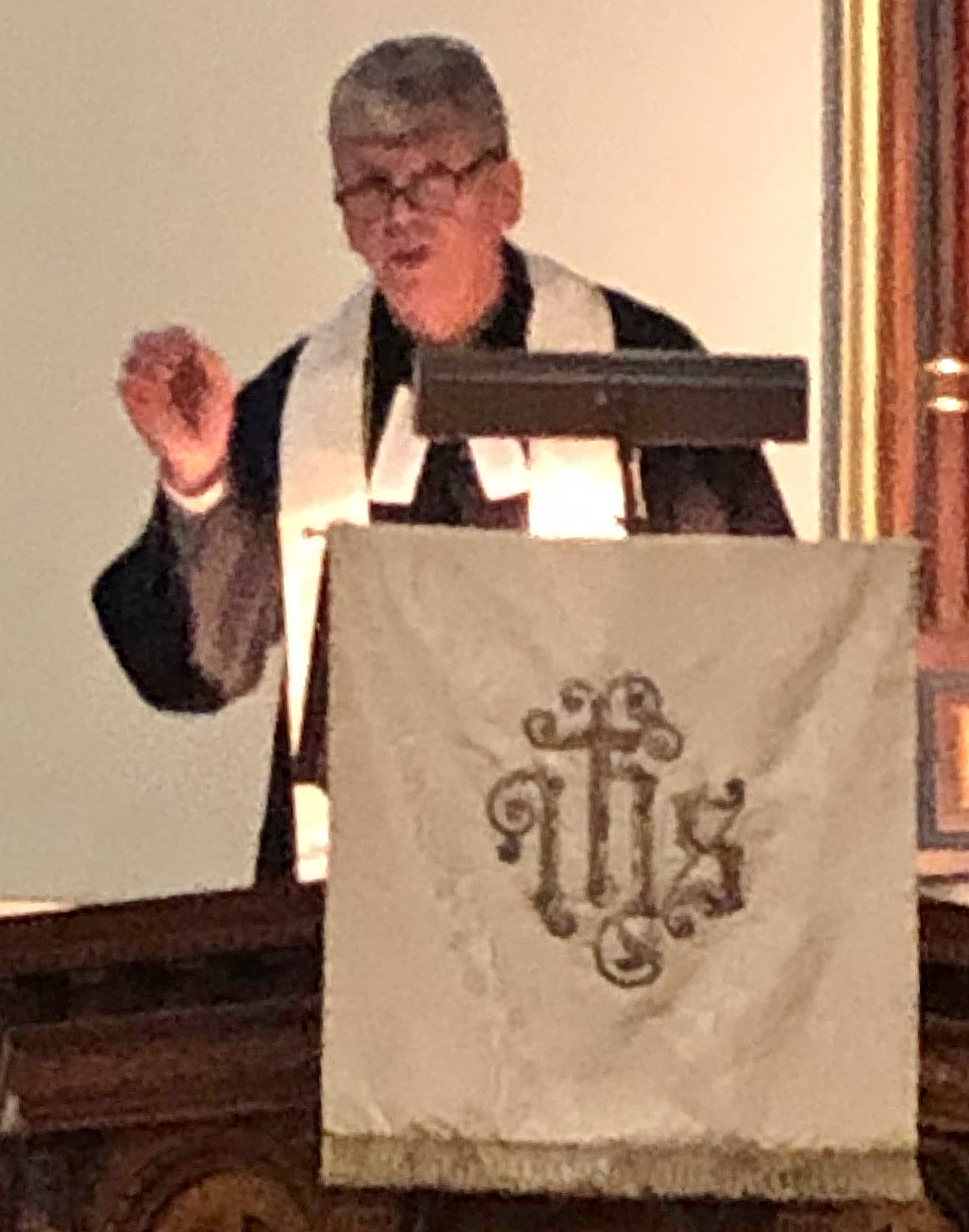Church with German heritage marks bicentennial of ‘Silent Night’

On Christmas Eve, people attending services throughout Brooklyn Heights and around the world sang “Silent Night” in candlelit churches. This Christmas carol, beloved around the world, marked its 200th birthday, tracing its roots to a small town in early 19th-century Austria.
This anniversary held special significance for a church in Brooklyn Heights with a strong German heritage. Its membership stretches throughout Brooklyn, Queens and other parts of the NYC metropolitan area.
Pastor Klaus Dieter Gress of Zion German Evangelical Lutheran Church dedicated much of his Christmas Eve sermon to the origins of “Silent Night.” Pastor Gress’ description was so vivid that his congregants could picture themselves in the small Austrian town of Oberndorf.

Brooklyn Heights
View MoreRead the Brooklyn Height's Press and Cobble Hill News. Find out more about Brooklyn Height's History here.